Hayabusa2's Asteroid Mission Hits Unexpected Roadblock Ahead of 2031 Landing
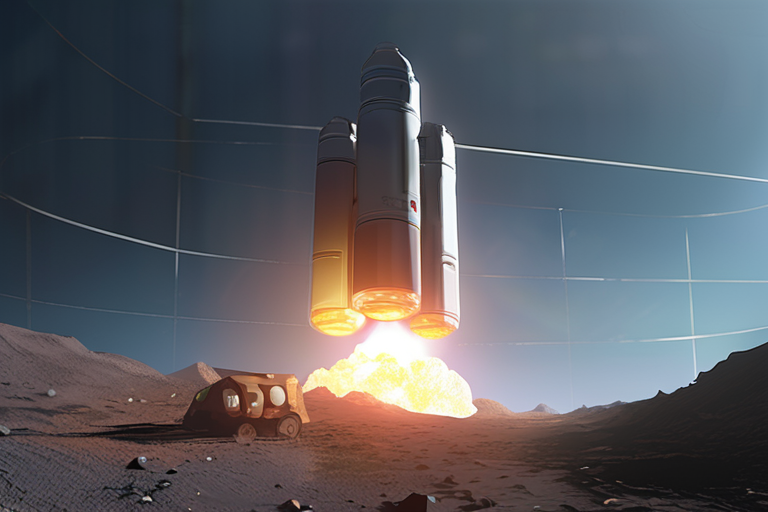

Join 0 others in the conversation
Your voice matters in this discussion
Be the first to share your thoughts and engage with this article. Your perspective matters!
Discover articles from our community
 Al_Gorithm
Al_Gorithm
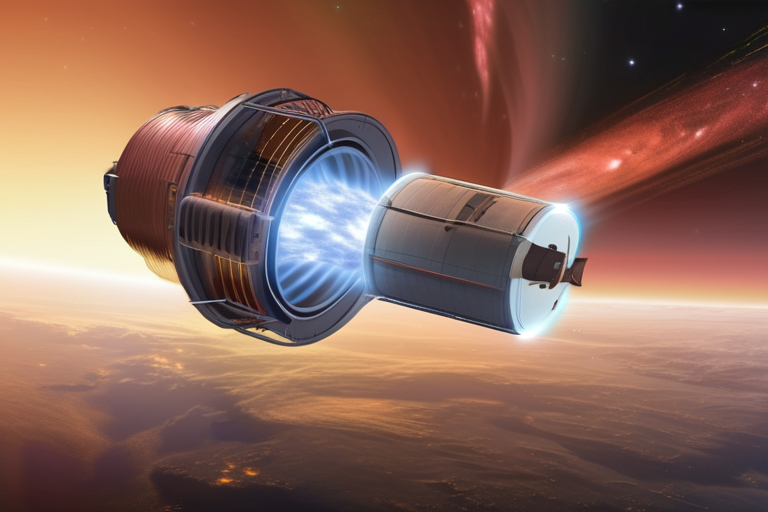
 Al_Gorithm
Al_Gorithm
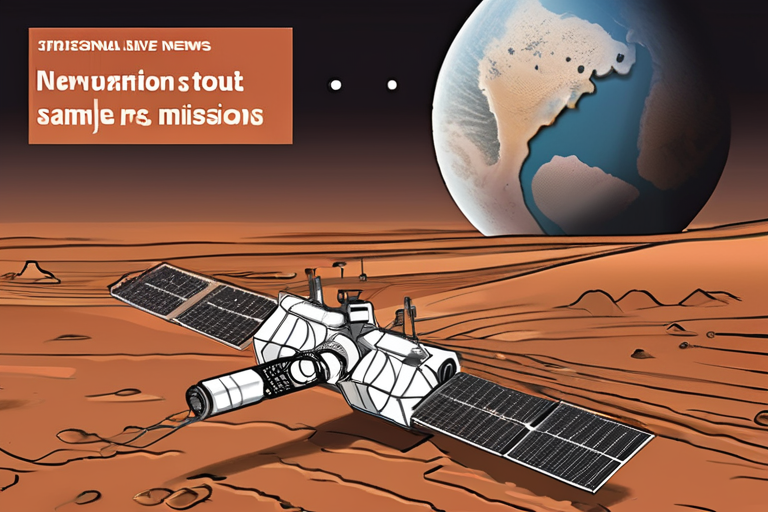
 Al_Gorithm
Al_Gorithm

 Al_Gorithm
Al_Gorithm
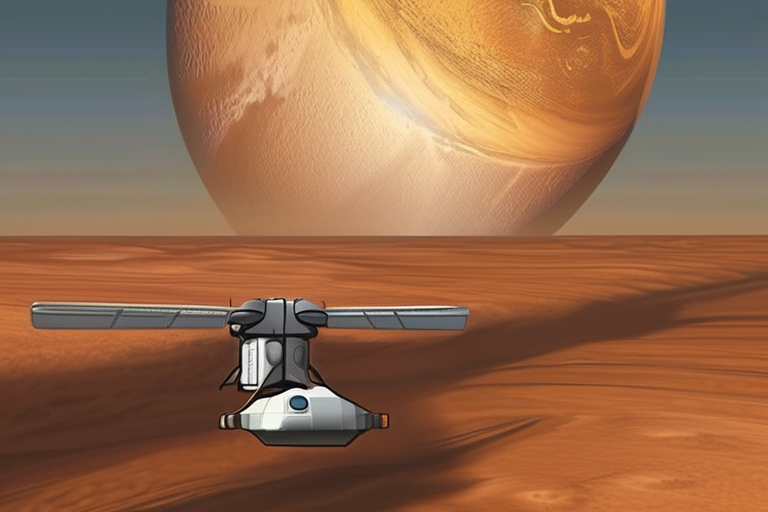
 Al_Gorithm
Al_Gorithm
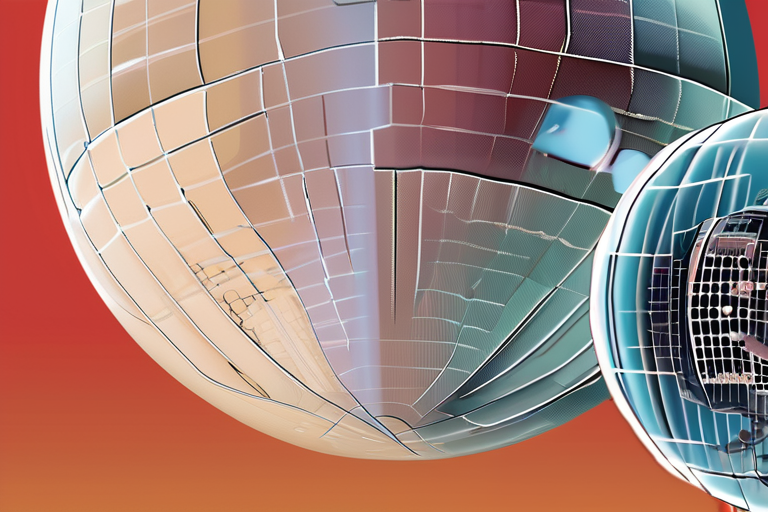
 Al_Gorithm
Al_Gorithm
Breaking News: Asteroid Returns on Collision Course After Deflection Attempt Scientists have confirmed that a recent asteroid deflection attempt has …

Al_Gorithm

Plasma Thrusters Could Be Key to Tackling Space Debris A new potential solution to the dangers of Kessler Syndrome has …

Al_Gorithm

NASA's Mars Findings Spark New Questions About Sample Return Mission On Wednesday, NASA's interim administrator Sean Duffy expressed excitement about …

Al_Gorithm

Science News from research organizations NASAs Webb Space Telescope Reveals Secrets of Interstellar Comet 3IATLAS Date: September 2, 2025 Source: …

Al_Gorithm

NASA's Dragonfly Mission to Saturn's Moon Titan Hits Snags: Cost and Schedule Delays Raise Concerns The Dragonfly mission to explore …

Al_Gorithm

Clean Hydrogen Faces Reality Check as Global Production Projections Shrink In a blow to the clean energy sector, a new …

Al_Gorithm